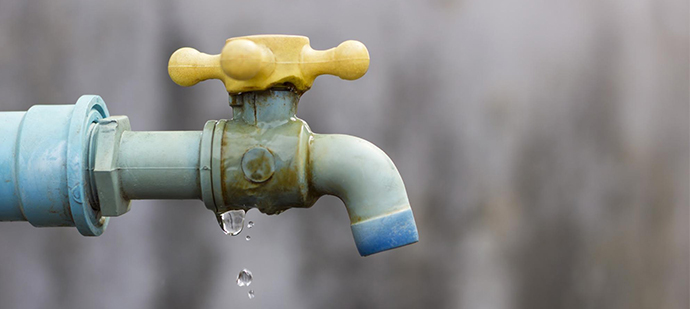We've stumbled on this great article relating to Finding hidden leaks listed below on the net and accepted it made good sense to discuss it with you here.

The moment you find a leak, calling your plumber for repair work is the best service. However, some tiny water leakages might not show up. If you can not find it with your naked eyes, here are some hacks that help.
Early discovery of leaking water lines can mitigate a possible catastrophe. Besides saving you cash, it will decrease the stress and frustration.
Examine Water Consumption
Analyze your water bills and also track your water consumption. As the one paying it, you must notice if there are any type of discrepancies. If you find sudden changes, regardless of your consumption coinciding, it implies that you have leakages in your plumbing system. Remember, your water bill must drop under the same range each month. An abrupt spike in your bill indicates a fast-moving leak.
At the same time, a steady increase every month, even with the very same behaviors, reveals you have a sluggish leak that's also slowly rising. Call a plumber to extensively check your residential or commercial property, especially if you feel a warm area on your floor with piping below.
Examine the scenario and also examine
House owners need to make it a habit to check under the sink counters and even inside cabinets for any bad odor or mold development. These 2 red flags indicate a leak so punctual interest is needed. Doing routine assessments, even bi-annually, can save you from a major trouble.
Take A Look At the Water Meter
Checking it is a proven way that aids you find leakages. If it moves, that shows a fast-moving leak. This suggests you might have a slow-moving leak that can even be below ground.
Asses Exterior Lines
Don't fail to remember to examine your outside water lines too. Should water seep out of the link, you have a loosened rubber gasket. One small leakage can throw away bunches of water as well as increase your water costs.
Do a Food Coloring Test
When it comes to water usage, 30% comes from toilets. If the color somehow infiltrates your bowl during that time without flushing, there's a leakage between the tank as well as bowl.
If you recognize your home is currently old, maintain a careful eye on your heating systems, pipes, pipelines and so on. Look for discolorations and compromising as many home appliances and pipes have a life span. They will certainly additionally normally weaken due to damage. If you presume dripping water lines in your plumbing system, do not wait for it to intensify. Call a professional plumber as soon as possible so you do not wind up with a horrible mess in your home.
The minute you locate a leakage, calling your plumber for repairs is the best service. Some small water leaks might not be noticeable. Examining it is a guaranteed way that helps you discover leaks. One tiny leakage can throw away tons of water and also spike your water bill.
If you believe dripping water lines in your plumbing system, don't wait for it to intensify.
WARNING SIGNS OF WATER LEAKAGE BEHIND THE WALL
PERSISTENT MUSTY ODORS
As water slowly drips from a leaky pipe inside the wall, flooring and sheetrock stay damp and develop an odor similar to wet cardboard. It generates a musty smell that can help you find hidden leaks.
MOLD IN UNUSUAL AREAS
Mold usually grows in wet areas like kitchens, baths and laundry rooms. If you spot the stuff on walls or baseboards in other rooms of the house, it’s a good indicator of undetected water leaks.
STAINS THAT GROW
When mold thrives around a leaky pipe, it sometimes takes hold on the inside surface of the affected wall. A growing stain on otherwise clean sheetrock is often your sign of a hidden plumbing problem.
PEELING OR BUBBLING WALLPAPER / PAINT
This clue is easy to miss in rooms that don’t get much use. When you see wallpaper separating along seams or paint bubbling or flaking off the wall, blame sheetrock that stays wet because of an undetected leak.
BUCKLED CEILINGS AND STAINED FLOORS
If ceilings or floors in bathrooms, kitchens or laundry areas develop structural problems, don’t rule out constant damp inside the walls. Wet sheetrock can affect adjacent framing, flooring and ceilings.
https://www.servicemasterbyzaba.com/blog/how-to-detect-water-leakage-in-walls/

I am just very focused on Finding hidden leaks and I hope you appreciated the new article. Those who enjoyed our blog posting plz don't forget to pass it around. Thanks for going through it.